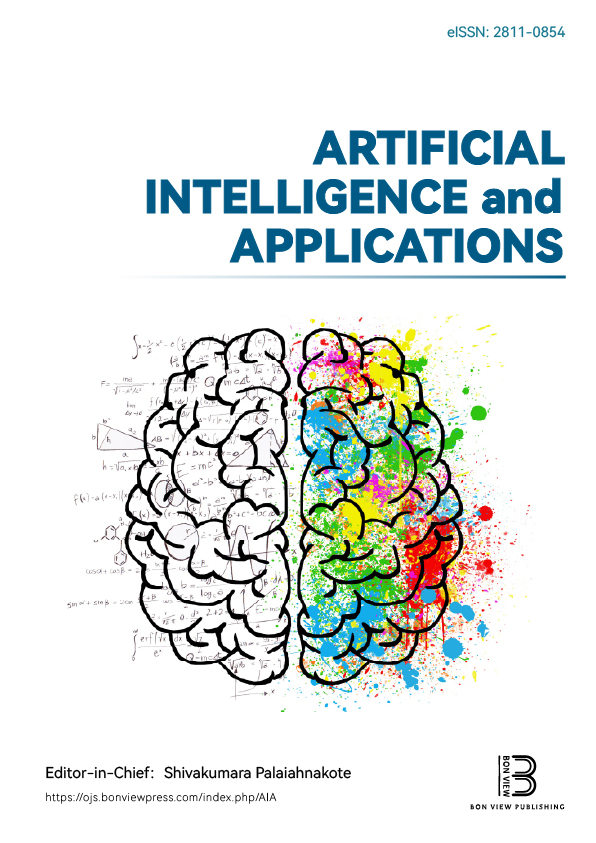Preterm Birth Prediction Using an Explainable Machine Learning Approach
DOI:
https://doi.org/10.47852/bonviewAIA52024517Keywords:
preterm birth, machine learning, healthcare analytics, predictive modeling, explainable artificial intelligenceAbstract
Pregnancy and childbirth are critical periods, with complications like preterm birth presenting serious risks to both mother and baby. Preterm birth is defined as delivery before 37 weeks of gestation. It poses serious health risks to newborns, including respiratory complications, developmental delays, and long-term disabilities. Early prediction of preterm birth can enable timely interventions to reduce these risks and improve maternal-fetal health outcomes. This paper proposes a machine learning-based framework for preterm birth prediction using a blended approach. This approach combines multiple classifiers into blended model to enhance the prediction accuracy. Feature selection techniques such as variance threshold, Pearson’s correlation, and mutual information are applied exclusively to the training set to enhance model performance. The proposed blended model consistently outperforms the standalone base models. It achieves the highest accuracy of 74.61%, precision of 71.83%, recall of 70.94%, F1 score of 71.38%, and an area under the curve (AUC) of 84.56% during 5-fold cross-validation. For holdout testing, it also maintains a superior performance with an accuracy of 73.82% and AUC of 83.91%. Additionally, explainable artificial intelligence techniques are applied to interpret the model’s predictions. It identifies that abnormal amniotic fluid, prenatal care, and household income have a substantial impact on predicting both preterm and normal birth outcomes. The proposed approach shows strong potential for real-world healthcare applications to offer clinicians valuable insights for early preterm birth intervention.
Received: 10 October 2024 | Revised: 9 December 2024 | Accepted: 18 February 2025
Conflicts of Interest
The authors declare that they have no conflicts of interest to this work.
Data Availability Statement
The data that support the findings of this study are openly available in Midwifery at https://doi.org/10.1016/j.midw.2020.102670, reference number [40].
Author Contribution Statement
Ahmad Hassan: Conceptualization, Methodology, Software, Validation, Formal analysis, Investigation, Resources, Writing – original draft, Writing – review & editing, Visualization, Supervision, Project administration. Saba Nawaz: Validation, Formal analysis, Investigation, Resources, Writing – original draft, Writing – review & editing, Project administration. Sidra Tahira: Validation, Investigation, Data curation, Writing – review & editing, Visualization, Project administration. Arslan Ahmed: Investigation, Data curation, Writing – review & editing, Supervision, Project administration.
Metrics
Downloads
Published
Issue
Section
License
Copyright (c) 2025 Authors

This work is licensed under a Creative Commons Attribution 4.0 International License.






